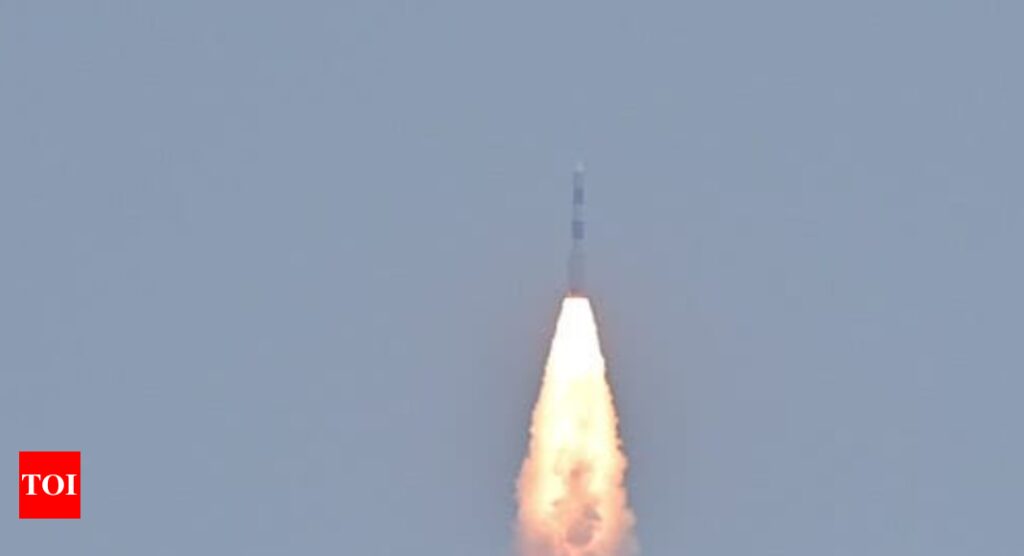[ad_1]
PSLV lifted off from the second launch pad at the Satish Dhawan Space Centre in Sriharikota at 11.50am. It was PSLV’s 59th flight and 25th mission with an XL configuration.

02:19
Mayank N Vahia explains how Aditya L1 Mission will observe the Sun concurrently in optical, UV, and X-ray wavelengths
The rocket placed 1,480.7kg Aditya-L1 in a highly eccentric Earth-bound orbit in one of the longest launch missions that lasted 63 minutes. The spacecraft will now begin a four-month journey when it will perform orbital maneuvers by using its Liquid Apogee Motor (LAM) to reach the Sun-Earth Lagrange point L1 — which is 1.5 million km from the Earth — in a halo orbit.
Nearly 25 minutes after PSLV lifted off, the PS4 or the upper stage of the rocket was fired for 30 seconds. Around 26 minutes later, the PS4 was fired again for around eight minutes for the rocket to gain altitude. Around 63 minutes after liftoff, Aditya-L1 was placed in a highly eccentric Earth-bound orbit.
The spacecraft will be maneuvered to the Lagrange point 1 or L1, which is a vantage point. Any satellite placed in a halo orbit around L1 has the major advantage of continuously viewing the Sun without any occultation/eclipses. This will provide a greater advantage of observing the solar activities and their effect on space weather in real-time.
The scientific objectives of Aditya-L1 mission includes studying coronal heating, solar wind acceleration, coronal mass ejections (CME), dynamics of solar atmosphere and temperature anisotropy.
The spacecraft carries seven scientific payloads for systematic study of the Sun. All payloads are indigenously developed in collaboration with various Isro centres and scientific institutes.
The payloads include Visible Emission Line Coronagraph (VELC), the primary payload designed to study solar corona and dynamics of coronal mass ejections. Solar Ultraviolet Imaging Telescope (SUIT) will image the solar photosphere and chromosphere in near ultraviolet (UV) and measure the solar irradiance variations in near UV. Solar Low Energy X-ray Spectrometer (SoLEXS) and High Energy L1 Orbiting X-ray Spectrometer (HEL1OS) are designed to study the x-ray flares from the Sun over a wide X-ray energy range. Aditya Solar wind Particle EXperiment (ASPEX) and Plasma Analyser Package for Aditya (PAPA) payloads are designed to study the solar wind and energetic ions, as well as their energy distribution. Magnetometer (MAG) payload is capable of measuring interplanetary magnetic fields at the L1 point.
Watch Aditya L-1 mission is very important: Former Isro chairman
[ad_2]
Source link










More Stories
Congress replaces Kamal Nath, names an OBC as Madhya Pradesh chief | India News
Fire breaks out in ITBP camp in Srinagar; none hurt | India News
Parliament Security: Co-villagers give clean chit to Lalit Jha, parents to move court | India News